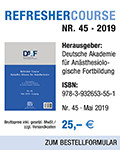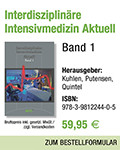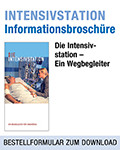

63. Jahrgang - Supplement Nr. 2 - Februar 2022
Dyke-Davidoff-Masson syndrome
Dyke-Davidoff-Masson syndrome
Dyke-Davidoff-Masson syndrome [1] is an extremely rare neurological condition with a greater frequency in the paediatric population [3]. It was described by three clinicians in 1993, Dyke, Davidoff and Masson, who reported [9] patients with facial asymmetry, contralateral hemiparesis, seizures and mental retardation with pneumatoencephalographic findings on skull X-ray.
There is a slight male [7] preponderance. Adult cases [10] have also been reported, though very infrequently. The main causes of this rare syndrome are either congenital (in utero vascular occlusion) or acquired (perinatal hypoxia, intra-cranial haemorrhage and infections). Brain imaging [2] in the form of CT and MRI scans are required for diagnosis. Literature regarding anaesthetic considerations for this syndrome is sparse. Differential diagnoses [9] include Sturge-Weber syndrome, Fishman syndrome, Basal cell germinoma, Silver-Russell syndrome, Linear nevus syndrome and Rasmussen encephalitis.











